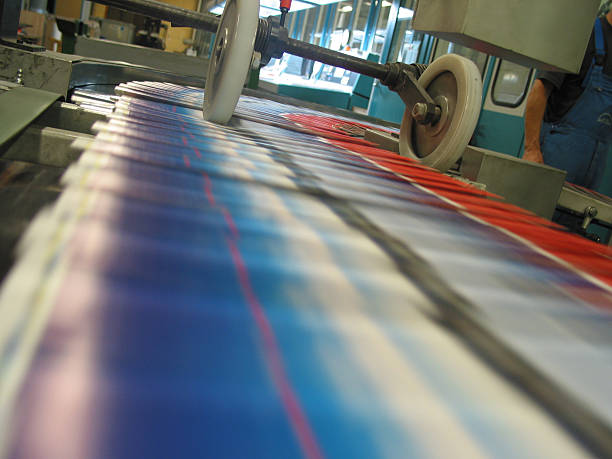Understand The Differences Between Different Types Of Embossment Technique

Embossing is primarily used for printing two-dimensional or three-dimensional images or designs. It's frequently used as an embellishment for invitations, business cards, packaging, and print material. Considering applying embossing to a print item is essential, so it's important to comprehend the various types custom embossed paper available to determine which ones are best matched for what project. In today's post, learn about the different embossing techniques and why each is unique.
Blind embossing is a very popular technique.
Blind embossment is referred to as a "classic" technique that involves a raised design without foils and inks. This method only adds texture and not color to the paper. Blind embossing is a popular technique that is used for adding an additional layer of sophistication to business cards, letterheads, envelopes, and printed material. It's the ideal way of creating a subtle, yet understated, raised result.
Debossing:
Debossing employs the process of blind embossment but reverses it. Instead, if the image is being embossed, it's debossed deeper into the paper. It creates an outstanding texture by indenting the material to produce a three-dimensional effect. Despite debossing providing a stronger and more prominent effect compared to blind embossing, it's a subtle yet elegant technique ideal in business cards, invitations, and packaging.
Foil embossing is achieved by heating the foil and applying it onto the encased design.
Foil embossment involves heat stamping a gold foil over an embossed design on paper. The end result produces a more attractive, raised-looking design. Foil embossin is amazingly versatile, allowing for application on virtually every surface, from paper to cardstock to plastics. Combining foil embossment and kiln etching provides the best look for luxury products.
Combination Technique Tools:
Combination techniques entail the application of each of these techniques together to produce a striking effect. For instance, combining foil with a debossed design which has also been blind embossed can result in an amazingly stunning result. Using different methods can result in an intriguing and appealing variation, particularly if a graphic design involves intricate designs, small font sizes, or delicate lines.
Sculptured Emboss
Sculptured embossoning is primarily employed to emboss a highly intricate design. This method is widely used for embossing embossed images that depict the wild world, such as leaves, flowers, or tree limbs. It is a process of pressing the printed design from two sides of the sheet to form a three-dimensional sculpture. The outcome is a highly-attractive and eye-catching work that lends itself well to accentuating various printed materials.
Conclusion:
Understanding the differences between embossing service types is necessary to effectively and appealingly design print resources. Whether creating business cards, wedding invitations, packaging, or brand materials, embossing can transform them into something truly unique. By utilizing each of these methods or selecting the one most suited to fit a design's needs, subtle and dramatic effects can be achieved on printed materials. Allow an experienced provider to guide and refine the embossing method that elevates the printed materials.